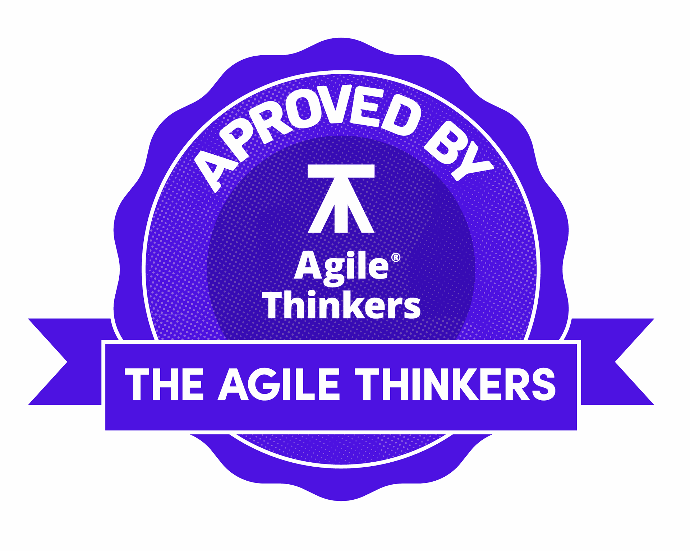Complex Adaptive System
This representation of a Complex Adaptive System (CAS) offers you a way to think about how patterns emerge from the complex interdependencies around you. Use it to inform understanding and action as you work to influence dominant patterns in your system.

What?
As early as 1997, Kevin Dooley, defined Complex Adaptive System (CAS) as a group of semi-autonomous agents who interact in interdependent ways to produce system-wide patterns, such that those patterns then influence behavior of the agents. In human systems at all scales, you see patterns that emerge from the interactions of agents in that system. Thoughts, experiences, perceptions interact to create patterns of thought. Shared attitudes toward diet, exercise, and physical awareness interact to shape patterns of health in team or community. In an organization or business, individuals play out their roles, relationships, and expectations to generate patterns of competition or innovation. In organizations and communities, history, traditions, and expectations all influence behavior to shape dominant patterns we see as the culture of that group.
So What?
Using this image of a Complex Adaptive System, you can explore your system on multiple scales, considering how agents interactions generate patterns. It can inform your understandings of how some of those patterns emerge as dominant over others and how other patterns may be diminished and/or eradicated.
That level of access to underlying dynamics informs your sense making about what you see, experience, and know as reality in your team or community. You can understand why the competition is so fierce across departments in your organization. You can name the interactions that influence those patterns, and you can see how those particular patterns are a benefit or liability in the greater marketplace.
That level of access also has the potential to inform future action toward greater fitness for the whole system. If you recognize that internal competition is hindering your innovation cycle and creating slow response time in the market, you have a path to explore those patterns. You can consider conditions that shape those patterns and make better informed choices about your next wise action.
And Now, What?
To know more about Complex Adaptive Systems, how to learn from them and different techniques to master and take the most of complexity, pre-register in our courses.

DESIGN THINKING
The basics of Design Thinking to test ideas and solve problems within a collaborative environment.
This academy is available for private groups only.

VISUAL THINKING
Visualize your ideas and learn how to make team collaboration more effective.
This academy is available for private groups only.
